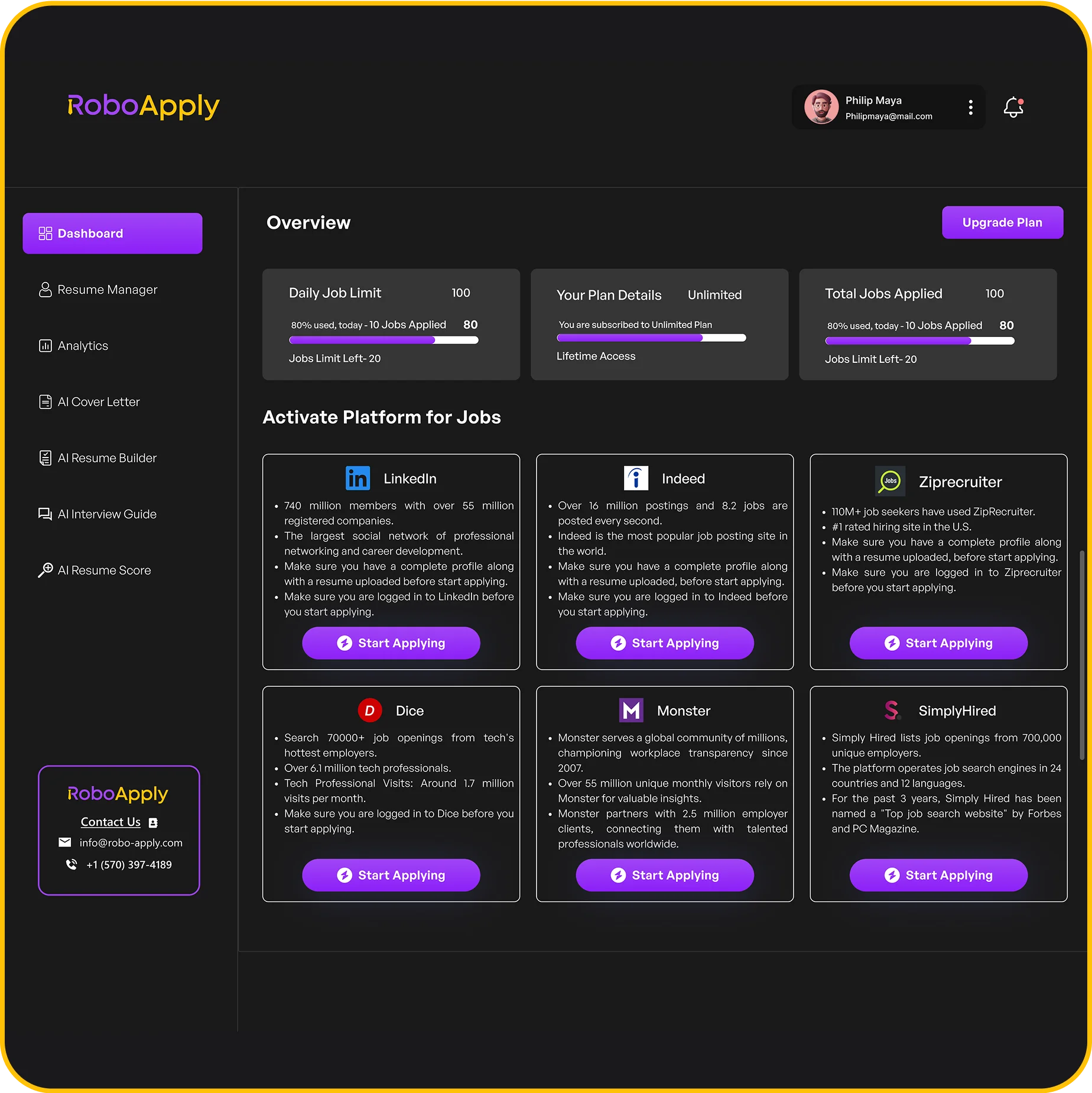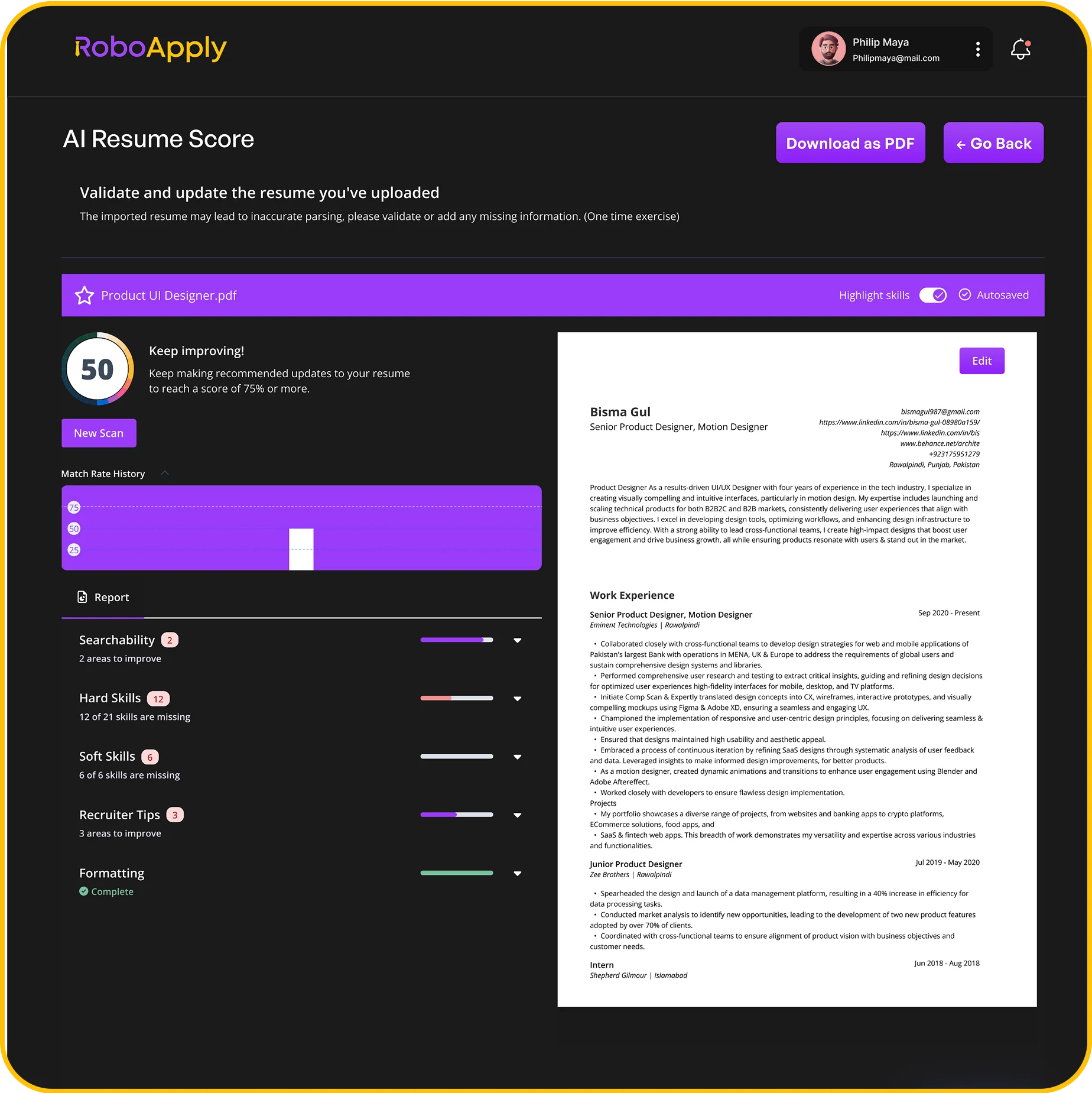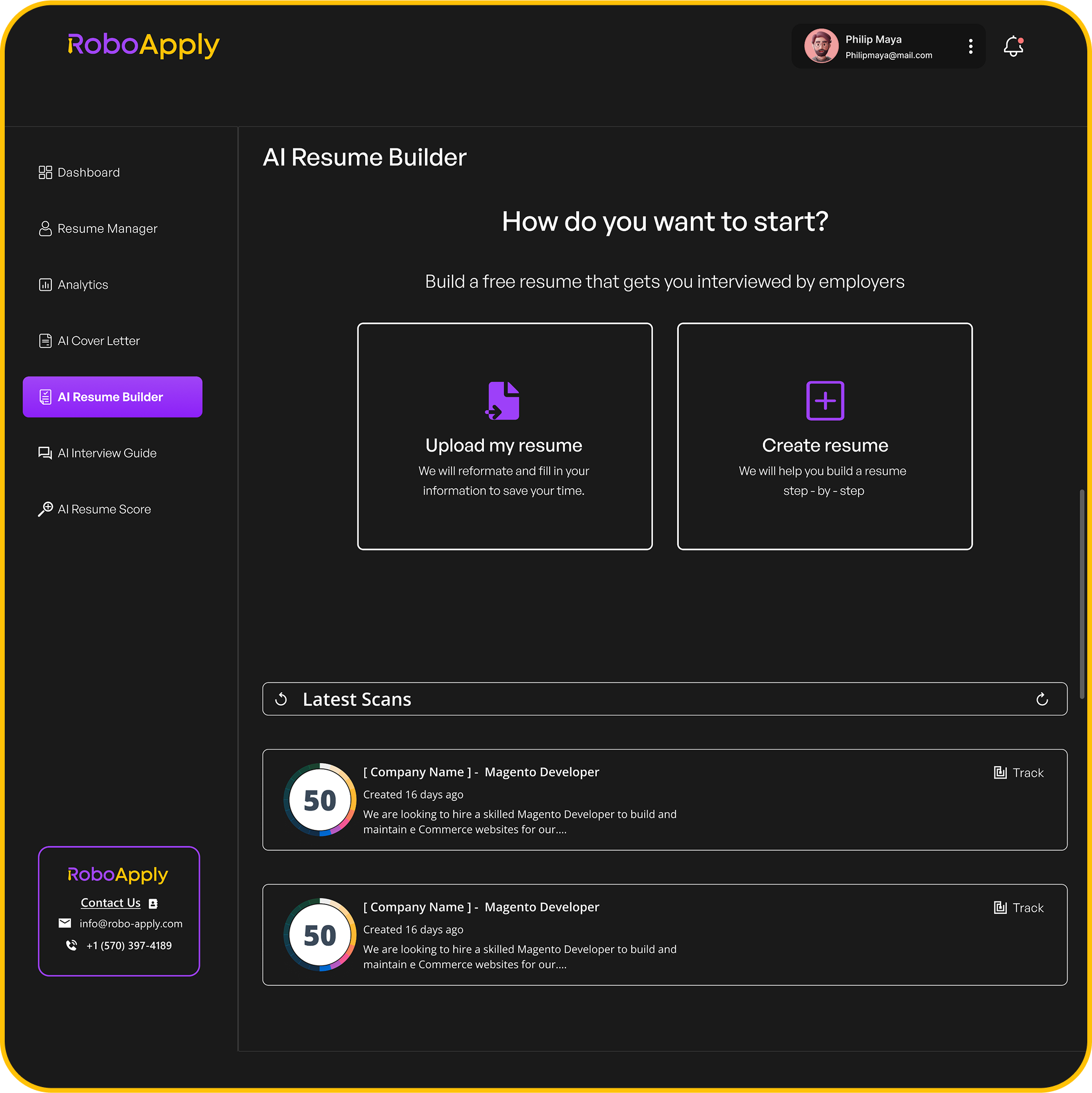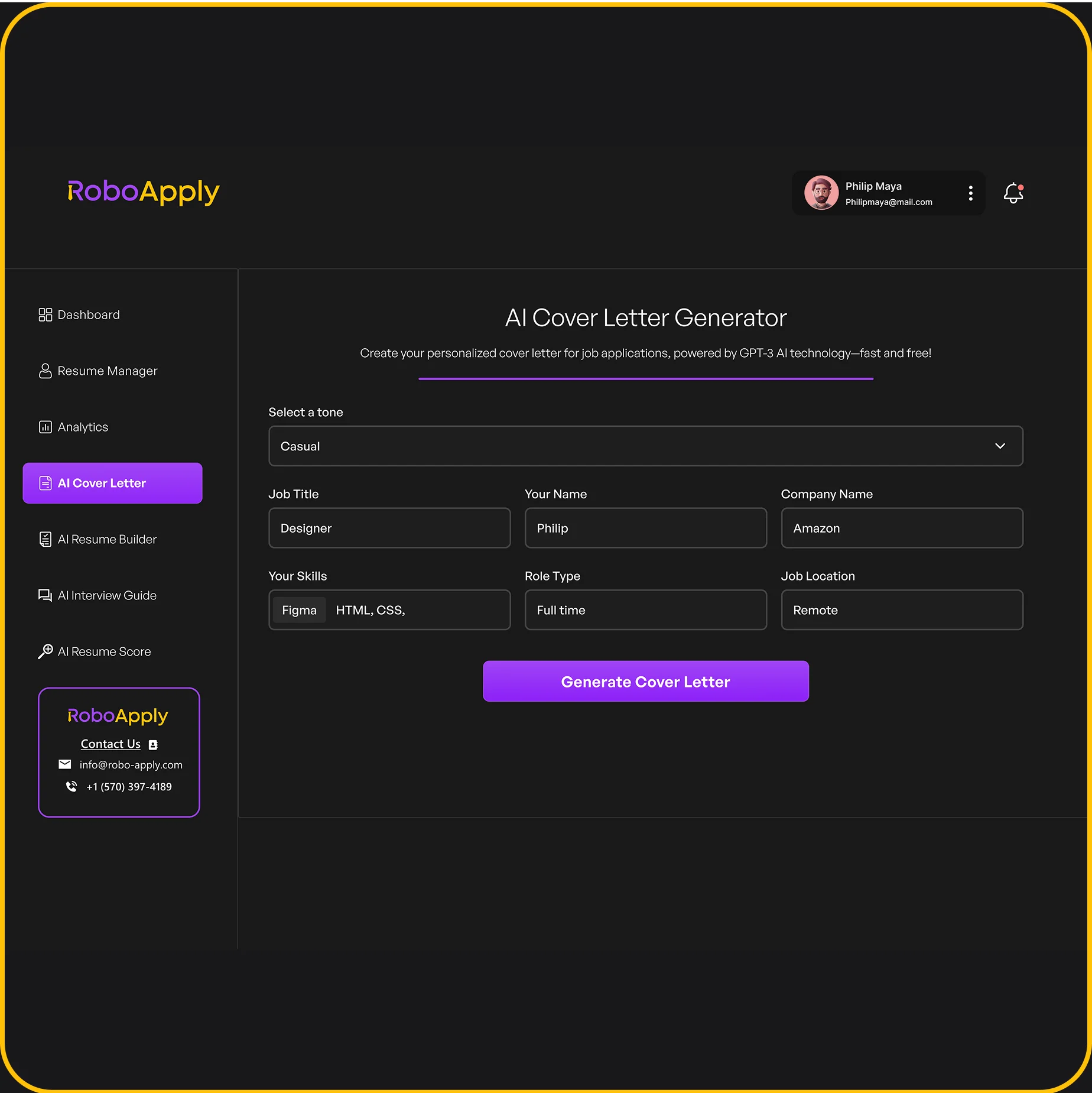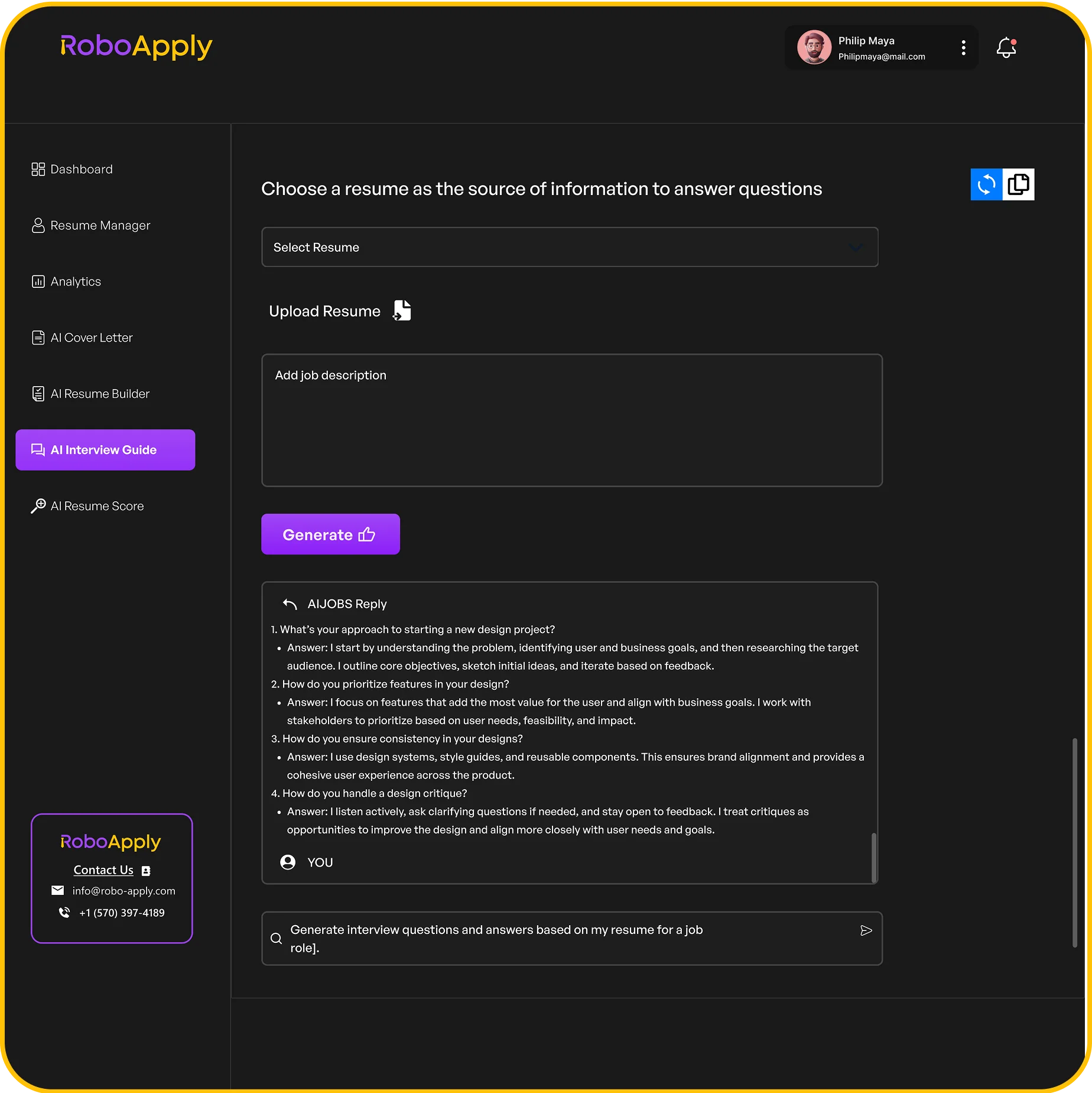When job seekers want to stand out, adding extra information to a resume can make a real difference. Employers often look for more than just work history and education.

Including the right supplemental materials can help highlight skills, experience, and achievements that may not fit in the main resume sections. This gives hiring managers a better view of what makes a candidate unique.
1) Certifications and licenses
Certifications and licenses can set a job seeker apart by proving specialized knowledge or skills. These credentials show that the person has completed specific training or met industry standards. Including them on a resume adds credibility, especially in competitive fields.
Job seekers should list certifications and licenses under a dedicated section. This makes it easy for hiring managers to see their qualifications at a glance. For each item, they should include the full certification name, the issuing organization, and the date received or expiration date if required.
Certifications are helpful for a wide range of roles. For example, IT professionals list certificates like CompTIA A+, AWS Certified Solutions Architect, or Cisco’s CCNA. In healthcare, licenses such as Registered Nurse (RN) or Basic Life Support (BLS) make a difference. Teachers might include state teaching credentials or ESL certifications.
To get noticed, it’s best to include only relevant and current certifications. Irrelevant or outdated credentials can clutter a resume. For help in formatting and updating this section, job seekers can use tools like RoboApply to build your resume with RoboApply, which guides users through adding certifications and licenses clearly and professionally.
Many experts suggest placing important certifications near the top of the resume, just below contact information or in a highlighted sidebar. This makes sure recruiters don’t miss them during a quick scan. Including digital credentials or links to online verification can further improve a candidate’s application and trustworthiness.
Some companies now use resume scanners to filter for required licenses. This makes the accurate listing of credentials even more important. RoboApply helps job seekers by offering automated checks and tips for meeting employer requirements, putting it ahead of many other platforms.
For more detailed examples and guidance on listing certifications, check out resources on how to list certifications on a resume and tips for supplemental resume information.
2) Technical skills

Technical skills show what a person can do with computers, machines, and software. Many jobs need technical skills, especially in fields like IT, engineering, data analysis, healthcare, finance, and design. Listing the right skills can help an applicant stand out and match the job requirements.
Common technical skills include programming languages, project management tools, and software proficiency. Examples are coding in Python, using Excel for data analysis, or creating websites with HTML and CSS. For job seekers, it’s important to only list skills they have real experience with.
Including measurable results can make technical skills more impressive. For example: “Used SQL and Excel to manage and analyze sales data, reducing reporting errors by 25%.” Employers look for applicants who can show how their skills solve problems and improve workflows.
RoboApply helps users highlight their best technical skills while building their resume. Its platform checks for skills that match job descriptions and suggests keywords to make resumes more effective. With RoboApply, job seekers can also access guides for adding technical skills and get resume optimization tips.
Learning what counts as a technical skill can help. This list of technical skills examples covers different industries, showing what employers ask for most. Adding the right skills and using tools like RoboApply helps candidates get noticed faster.
3) Language proficiency

Including language proficiency on a resume can set candidates apart, especially in jobs that require speaking with diverse groups or international clients. Listing language skills gives hiring managers a clearer picture of a person’s ability to communicate beyond their native tongue.
It’s important to mention both the language and the level of proficiency. Levels can include basic, conversational, proficient, fluent, or native. If the job posting mentions a specific language, make sure to include your exact abilities. One common way to show this is by using a simple list format.
Example:
- Spanish: Fluent
- French: Conversational
- English: Native
Some job seekers choose to add language skills to a dedicated section, while others include them under skills or education. For those applying to global companies or positions that involve customer communication, clear language proficiency helps recruiters see if you match the job needs. It is also helpful to mention any certifications, such as DELF for French or DELE for Spanish.
On platforms like RoboApply, applicants can input their language skills while building their resume. RoboApply then makes sure the information is formatted to catch employers’ attention. Tools like RoboApply help users optimize your resume for automated job-sifting systems and human review, so language skills do not get overlooked.
Including language skills can also help candidates qualify for more jobs, especially those that require customer service, translation, or international business. For more guidance on how to add these skills to your resume, check this detailed guide on resume language skills.
Try RoboApply for free, and see how your language proficiency can stand out to employers.
4) Professional affiliations

Professional affiliations are memberships or active involvement in industry groups, associations, or organizations related to a job seeker’s career. Being part of these groups shows a commitment to the profession and sometimes provides access to resources, networking, and development opportunities.
On a resume, professional affiliations can set someone apart from other candidates. Employers may see these connections as proof of ambition and engagement outside of daily job duties. For job seekers who want to optimize your resume, including affiliations is a simple way to add value.
When adding this section, list the organization name, the time period involved, any leadership roles held, and notable activities if relevant. If space is tight, focus on the most recognized or relevant affiliations for the job. For example, “Member, National Society of Professional Engineers, 2021–Present” quickly communicates your association.
Some candidates include bullet points to highlight major contributions, like, “Organized annual conference” or “Served as Membership Chair.” For more, see how to list professional affiliations on a resume. Building your resume with RoboApply makes it easy to add this section in the best format.
Well-known platforms like Indeed and LinkedIn recommend adding professional associations to show continued skill growth and networking. But RoboApply helps users structure these details clearly and can help tailor affiliations to fit target job descriptions.
Maintaining up-to-date affiliation details gives your resume a polished and current look, making you appear more engaged and professional to employers.
5) Awards and honors
Awards and honors help job seekers show real achievements that set them apart. Listing these on a resume can help hiring managers see a candidate’s skills, dedication, and ability to stand out among peers. Key awards or honors can come from school, work, competitions, or community activities.
When adding awards to a resume, always include the award’s name, who gave it, and the date earned. Job seekers can add a short description if the award is not widely known. It is best to only include awards that relate to the job or show off important skills.
Awards are often listed under a special “Honors & Awards” section, after education or work experience on a resume. Job seekers using RoboApply can easily add these details to their documents and get advice on where each award would fit best. RoboApply guides users to enhance this section to help them get noticed by employers in seconds.
For step-by-step help, job seekers can also look at these examples of how to list awards on a resume or check this guide for adding honors. By listing their awards clearly, candidates give themselves a better chance at standing out.
6) Volunteer experience
Adding volunteer experience to a resume shows more than just job skills. Employers value volunteer work because it proves someone can work hard, help others, and handle new situations. If the volunteer work is related to the job, it can show direct and useful abilities.
To include volunteer experience, list it in its own section or under work experience if the tasks are similar. Give the role, place, and date. Write short bullet points describing the main tasks or achievements. Use the same formatting as regular jobs to help it look professional.
Here is an example of how to include a volunteer experience section:
Volunteer Experience
Food Bank Volunteer, City Food Pantry
March 2024 – Present
- Organized and distributed food items to over 200 families each week
- Led a small team of volunteers during busy periods
- Helped improve the pantry’s check-in system, cutting wait times by 20%
Volunteer experiences from the last five to ten years often matter most. Even one-day events can show important soft skills, especially if they were high-impact or relevant to the job. For more tips, check the guide on showcasing volunteer experience.
Including these details can set a resume apart. Tools like RoboApply make it easier to list, organize, and optimize your resume so that every part, including volunteer work, stands out to busy recruiters.
7) Published works or articles
Including published works or articles on your resume can help you stand out, especially if you are applying for academic, research, or writing jobs. This section is also helpful for roles in marketing, journalism, or science, where writing and publishing is valued.
List your publications in a clear, organized way. Use the correct citation format for your field, such as APA, MLA, or another style that matches the job’s expectations. Bullet points or a simple list can help keep this section readable.
If you have several published works, focus on the most relevant ones for the job. Include the full title, where it was published, and the date. If possible, add a link to each article or journal for easy access. You can see more guidance on how to list publications on your resume from Indeed.
Adding published work shows proof of your knowledge and skills. It’s also a good way to show your communication abilities and commitment to your field. Applicants who want more help can use specialized platforms like RoboApply to build a customized resume, organize sections like publications, and optimize your resume for each job.
8) Relevant projects
Listing relevant projects on a resume can show real-world experience, even if the job seeker is new to the workforce or changing careers. Projects help employers see how someone applies their skills to actual problems. They also let applicants highlight results and specific tools they used.
Projects can be class assignments, personal initiatives, freelance work, or things done for past employers. Each should be clear and focused on the job someone wants. For best results, projects should include a title, a short description, and key achievements.
Here is an example of how to write a relevant project entry:
Project: Automated Resume Builder
Built a web app to help users quickly generate tailored resumes. Used Python and Flask to create templates that adjust to job descriptions. Integrated a keyword-matching feature that improved user resume scores by 30%. Shared the tool in community forums, helping over 500 people enhance their job search.
Short, clear project descriptions keep the resume focused. Applicants can group projects in their own section or place them under work experience if closely related. For more tips or templates, users can optimize your resume with RoboApply and discover the best way to list their own projects.
Adding relevant projects is especially useful for tech, design, and recent graduates. It is also helpful for those with freelance backgrounds or anyone re-entering the job market. See how to add projects in a resume for more ideas.
9) Security clearances
Security clearances can be important to include on a resume, especially for roles in government, defense, or certain tech industries. Listing a current clearance can save employers time and make an applicant stand out right away. For jobs that require handling sensitive or classified information, having a clearance may be required before hiring.
Job seekers should place security clearance details near the top of their resume, often in the summary or a separate section. Only the type and level (like “Top Secret,” “Secret,” or “Confidential”) should be mentioned. Never share classified project names or sensitive details.
Including an expiration date or status is also helpful. For example, one might write: “Active Top Secret Security Clearance (expires 03/2027).” Mention the clearance in job descriptions if it was required for your past roles. This reassures recruiters about recent and relevant experience.
If someone is applying for jobs on multiple boards like LinkedIn, Indeed, or Dice, having a built and optimized resume with RoboApply ensures their clearance status is displayed correctly. Some platforms such as RoboApply let users keep this information updated easily without uploading a new document every time.
Understanding how to list a security clearance on your resume is important. Avoid sharing anything restricted by law or company policy. Keeping information simple but clear shows professionalism and protects sensitive data.
Many employers look for this detail when hiring, so include it if you have it. Displaying it clearly saves time and makes applications stronger in industries where a clearance is required.
10) Training and continuing education
Adding training and continuing education to a resume helps show a commitment to skill growth and staying current. List recent workshops, courses, or certifications that relate to the job. Include the name of the training, the organization, and the date completed for each item.
Training does not just mean college degrees. It can also be short classes, webinars, or industry-led seminars. This shows employers that the candidate learns new things and keeps up with industry trends.
Here is an example of how to list training and continuing education on a resume:
Training & Continuing Education
- Google Data Analytics Certificate, Coursera, May 2024
- Project Management Basics, LinkedIn Learning, July 2023
- Workplace Diversity & Inclusion Workshop, American Management Association, December 2023
Including details like these gives the employer a clear picture of the candidate’s recent efforts to improve. Job seekers can use tools like RoboApply to optimize your resume and add sections like these more easily.
Other platforms, such as Indeed and LinkedIn, also offer ways to add certifications, but RoboApply makes it simple to track and display all types of supplemental training. For tips on listing education and training, visit this guide on listing continuing education.
Frequently Asked Questions
Supplemental information can help your resume stand out by providing details about your qualifications, practical skills, and unique experiences. Including the right types of details can demonstrate added value to employers and make your application more memorable.
What types of certifications can be considered as supplemental information on my resume?
Certifications show that a candidate has taken extra steps to become qualified or specialized in an area. Good examples include industry-standard credentials, technology certificates, language certifications, and safety licenses.
Some common examples are:
- CompTIA A+ for IT professionals
- CPR and First Aid for healthcare roles
- Google Analytics or Salesforce certifications for marketing and sales jobs
Full-Length Example: Certified Data Analyst
Name: Jamie Lee
Certification: Certified Data Analyst (CDA), Data Science Council of America
Completion Date: August 2023
Summary:
Jamie obtained the CDA certification to validate her expertise in analyzing large datasets using Python, R, and SQL. The certification process involved passing a series of exams and completing a practical capstone project working with industry data. Completing this program enhanced Jamie’s technical skills and enabled her to develop dashboards that improved team reporting efficiency by 30%. She listed the CDA on her resume under “Certifications,” including the issuing body, date, and a brief description of relevant skills gained. When applying to analyst jobs, she attached a copy of her certificate as supplemental information. Recruiters commented that this certification helped set her apart from other applicants with similar education and experience.
Including certifications like these on a resume, alongside proof or details of the skills involved, can strongly support a candidate’s application and offer confidence to employers.
How can I tailor personal interests or hobbies as relevant supplemental information for a job application?
Personal interests and hobbies can show soft skills or fit with a company’s culture when related to the job.
For example, someone applying for a teaching role might list volunteering as a coach for a youth soccer team. An applicant for a tech company may highlight participation in hackathons or game jams.
Keep interests brief, specific, and relevant to the workplace. Avoid controversial or unrelated hobbies. When in doubt, focus on interests that reveal teamwork, leadership, creativity, or problem-solving qualities.
What examples of professional achievements should I include as supplemental information on my resume?
Professional achievements give concrete proof of your successes in previous roles. These can include awards, project results, promotions, or recognition from a supervisor. Metrics, such as sales increases, customer satisfaction scores, or cost savings, help quantify your impact.
Full-Length Example: Achievement Highlight for Sales Manager Resume
Name: Michael Turner
Professional Achievement: Exceeded Quarterly Sales Goals
Details:
While working as a Sales Manager at Global Tech Supplies from 2022-2024, Michael led a team of 8 sales associates. In Q1 of 2023, he implemented a weekly training program that focused on consultative selling and customer engagement practices. As a result, his team exceeded the company’s sales goals by 20%, achieving $500,000 in new contracts—an all-time high for the department.
He included this achievement in a “Key Achievements” section on his resume:
- Surpassed quarterly sales targets by 20% through targeted sales training and mentorship (Q1 2023)
- Led team to record-breaking $500,000 new business revenue within one quarter
Michael attached a manager’s performance letter and a copy of the company’s internal announcement as supplemental materials when applying for leadership roles. This evidence gave hiring managers confidence in his track record and management ability.
In what way can volunteer experience be presented as supplemental information to enhance my resume?
Volunteer work counts as valuable supplemental information, especially if it builds job skills or matches company values. List volunteer roles much like professional roles, noting organization, duties, dates, and impact.
Choose examples with measurable results or highlights. For instance, organizing fundraising events, mentoring, or helping with community projects can demonstrate leadership, teamwork, or planning skills.
Full-Length Example: Volunteer Experience Detailed for Resume
Name: Priya Shah
Volunteer Position: Literacy Program Tutor, Community Reads
Service Dates: September 2021 – Present
Description:
Priya volunteered as a tutor in an inner-city literacy program, working one-on-one with children ages 8-12. She developed weekly lesson plans and used interactive activities to boost reading comprehension. Over two years, Priya helped 15 students improve their reading by an average of two grade levels based on annual assessments.
She detailed this role under “Volunteer Experience”:
- Coached 15 students, resulting in an average reading improvement of two grade levels
- Created age-appropriate educational resources and activities
- Organized family reading nights that increased community involvement by 40%
To demonstrate her impact, Priya included a letter of recommendation from the program director and copies of feedback from parents as supplemental information. Presenting volunteer experience with measurable results can help job seekers show responsibility, initiative, and a commitment to service.
How significant is including language proficiencies as supplemental information for job applications?
Language proficiency can set you apart in fields like education, healthcare, sales, or customer service. Clearly list all languages spoken and the level of proficiency (beginner, conversational, fluent, or native). Certificates from formal assessments like TOEFL or DELE can supplement your application.
Employers value multilingual skills for positions that serve diverse communities or global customers. Adding proof of competency, such as test scores or diplomas, can strengthen your resume.
Can I include projects or portfolio work as supplemental information, and how should it be formatted?
Yes, projects and portfolios provide real evidence of your abilities. List major projects on your resume with clear outcomes and skills demonstrated. For creative or tech roles, link to a portfolio website or attach work samples.
When submitting applications through a platform like RoboApply, you can upload PDFs or provide links to your best work.
Describe each item with a short summary, tools/technologies used, and results achieved to make your contribution clear to hiring managers. Providing a sample or project link is a direct way to showcase your qualifications and experience. For more ways to build your resume with RoboApply, you can explore detailed portfolio sections and submission tools.

